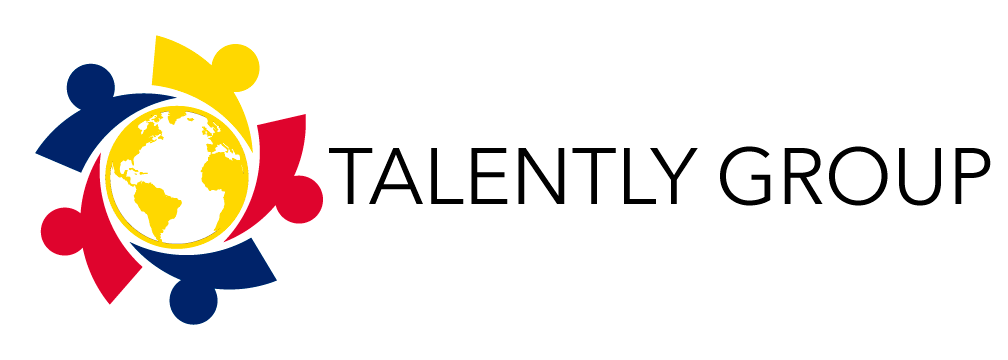They love open work spaces, new technology, not having to work too hard, and expect to make plenty of money while also getting plenty of time off. They’re all swiping left and right, looking for their next job (or next date) when they’re not even a year in at their current one.
Thanks to pieces like “Millennials: The Greatest Generation or the Most Narcissistic?” and “Millennials: The Me Me Me Generation,” many managers are left scrambling for creative recruiting tactics and extra room in the budget for ping pong tables.
Yes, millennials may be looking for better office lighting and job hopping more often from role to role. But what even more of them are looking for? A reason to stay.
With workplace leadership expected to be two-thirds millennial by 2024 and 28 percent of millennials already in managerial roles, millennials are on track to take more responsibility, not avoid it.
Despite popular stereotypes, millennials value “opportunity for progression” beyond anything else in a job offer. Over half report career trajectory as the main attraction in an employer, with salary coming in second.
Millennials want to make a difference, not just earn a paycheck, and believe that their workplace is the best opportunity to influence positive change on a larger scale.
So how do you begin preparing millennial workers for leadership roles? Well, don’t hunt down the ping pong table receipts just yet. We’ve put together some of our favorite strategies for getting millennial employees ready to step into bigger shoes long before 2024.
Mentor them
Researchers expect the next 10 to 15 years to mark “the greatest transfer of knowledge that’s ever taken place” in the U.S. workplace. It’s an exciting chance to groom your millennial workers for increased responsibility as older employees transition out of leadership roles and into retirement.
We already know millennials are eager to make a difference. Now harness that drive by pairing them with seasoned employees who can teach them to channel their motivation into actual growth. This can happen two different ways: formally and informally.
Depending on your workplace and employees, it may be easy enough to encourage your current leaders to invite younger employees out for coffee and let mentorships form organically.
However, a formal program allows you to ensure mentorship is an ongoing and a productive process for everyone involved. Guidelines can help track how often mentors and mentees meet, discussion points, and whether they’re achieving set mentorship goals.
Plus, an incentive for participation never hurts. If a mentor regularly meets with their mentee throughout the quarter or vice versa, consider giving them additional PTO or adding in a mentorship bonus at the end of the year.
